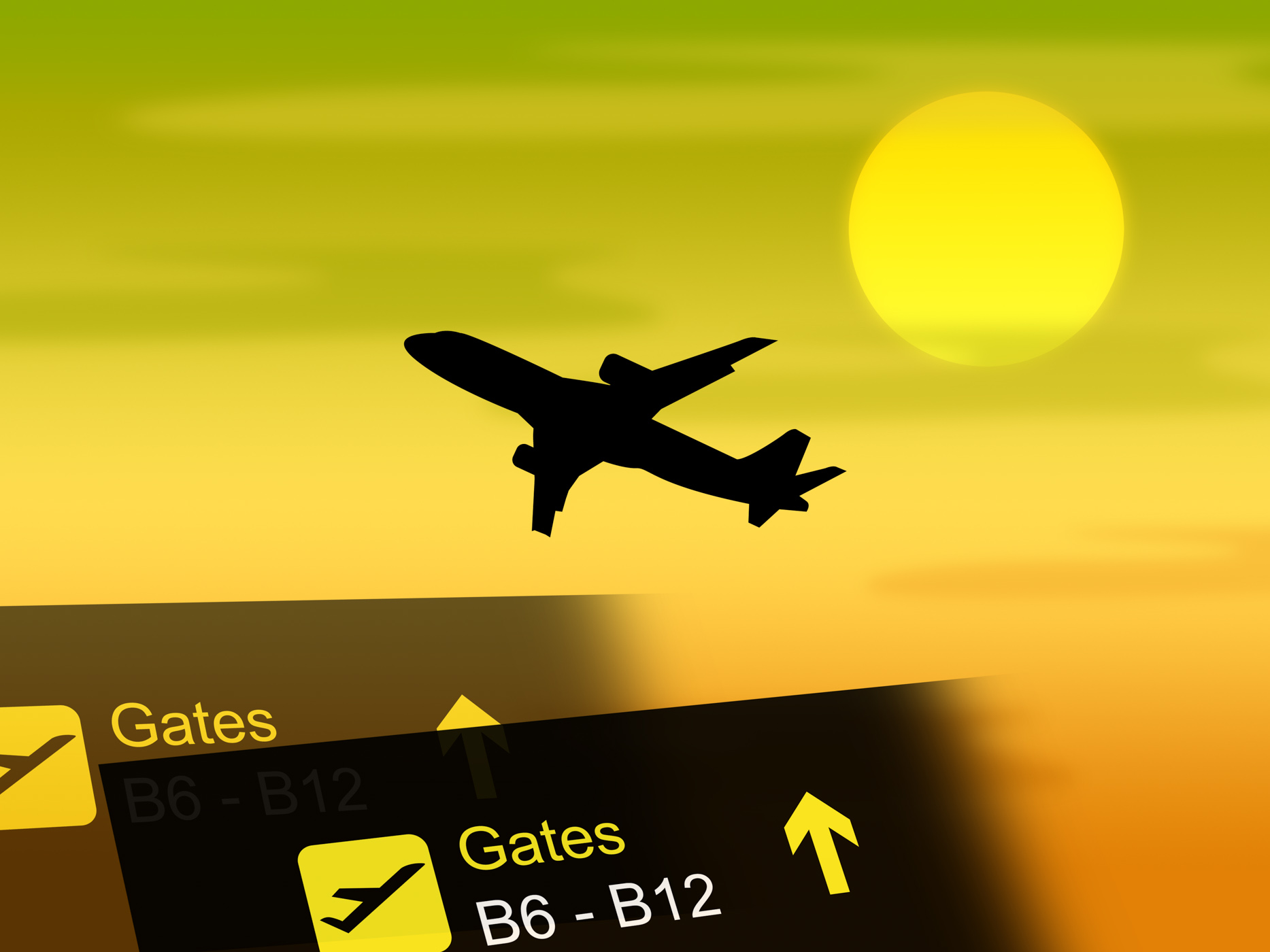The four biggest U.S. airlines and their regional partners control about 80% of air travel in the U.S. But is there room in the skies for new competition?
Over the past several years, airline mergers have left about 1,000 routes without service, most of them between smaller U.S. cities, according to an analysis by the Massachusetts Institute of Technology.
The Quad City International Airport has been trying to proactively deal with the challenges posted by the changes in the industry, even amid declining passenger counts.
The Inspector General of the Department of Transportation in late January launched an audit to examine the impact of airline consolidation on air service to small and medium cities.
"Since 2014, the airline industry has become profitable due to the economic expansion and a jet fuel price collapse in that same year. However, congressional concerns persist regarding the availability of airline service at smaller airports," said Charles A. Ward, Assistant Inspector General for Audit Operations and Special Reviews.
Regional airlines carried nearly 10 million fewer passengers in 2016 than in 2010 when they flew 164.1 million people, according to the Regional Airline Association.
Western Pennsylvania, for example, was among the areas hardest hit when U.S. Airway"™ hub closed in Pittsburgh through corporate consolidation in the 2000s wasn"™t bouncing back after its merger with American Airlines. It was a scene that unfolded in cities like Cincinnati, Milwaukee, Cleveland, Columbus and Nashville…



